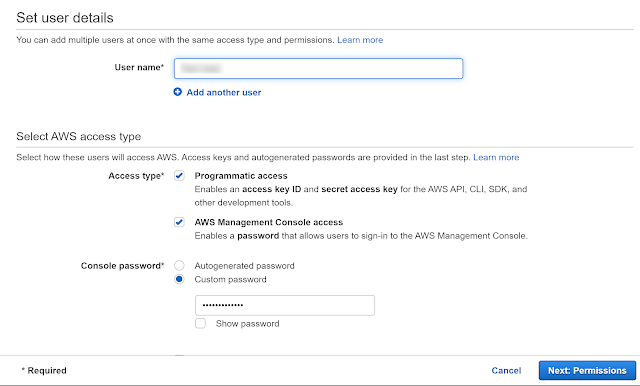Another year passed by and its the time of the year to look back and reflect. This year for me was more of trying to recover from year 2020 loss of my loved one and taking care of myself.
Reflecting back to me is all about being grateful and learning from all those experiences and continue to grow. So I wanted to look back at my 2021 journey.
- Networking and making friends was one of the huge advantage of attending in person conferences, I had made some from 2019 conferences that I had attended in person. I had an opportunity to share a short story in colloboration with Niranjani Manohoran for an initiative called as RISE hosted by Synapse QA where we shared how we met at a conference and continued helping each other 😇
We continue honouring inspirational leaders, join us to celebrate Vijeta Tiwari, @RanjaniRambles
— SYNAPSE QA (@synapse_qa) March 8, 2021
& @Parveen_Khan10, @Laveena_18, @LavanyaMohan210 with 𝗥𝗜𝗦𝗘😊
A huge thanks to these inspiring leaders for sharing their stories and messages ❤️ #synapseqa #risebysynapse pic.twitter.com/ZTUTihgdQC
- It was an honour to be on the list curated by Angie Jones, top 10 inspiring women in test to follow on techbeacon.
To the newer voices: I see you, celebrate you, and am inspired by you. Thank you for sharing with the world! #IWD2021 https://t.co/4onBPEfgid
— Angie Jones (@techgirl1908) March 8, 2021
- I got an opportunity to pair and collaborate with Maaret Pyhäjärvi to test the application under test to create a course.
We (myself, @irjastraus, @Parveen_Khan10 and @AdharaIT) have collaborated on a teaching concept where we take the same application and a different constraint on how we approach it for #ExploratoryTesting to help people learn to test better.
— Maaret Pyhäjärvi (@maaretp) March 15, 2021
- I joined Thoughtworks in May as a Senior QA Consultant which was one of the most exciting news. I had followed and got inspired by many thoughtworkers, I was very excited to start a new chapter of my journey as a thoughtworker. It's been just 7 months since I joined and I already feel so confident about everything that I have done so far and how much I have learned. There's so much more that I'm looking forward to in 2022 that I have planned for .
- I continued sharing my learnings about Observability with the community, I still consider myself as a newbie in this topic and there's so much more to learn and explore. This topic is one of my favourite and I'm very passionate about it, I'm hoping to learn more about this in 2022 🎯. Was part of the panel along with Miss Amy, Shery Brauner, Tiani Jones and Thom Duran which was hosted by LeadDev - Getting your engineers on board with observability. And also contributed on LeadDev where myself including Liz Fong-Jones, Kristie Howard and Lesley Cordero have shared experiences around how the teams been using Observability. I loved sharing and reading about how others have been using it. Interested in reading? Here's the link - How Netflix, Teachers Pay, HoneyComb and more used Observability
Has observability changed the way your engineering teams work? We ask engineering leaders @lizthegrey @lesleyclovesyou @Parveen_Khan10 and Kristie Howard #webdevelopment #techlead #observability https://t.co/ZZVlI3EfYL
— LeadDev (@TheLeadDev) December 24, 2021
- I got invited to be one of the reviewers for Super Reads 2021:Synape QA Global Write-A-Thon. It was great to be part of the awesome panel of reviewers.I loved reading so many stories and articles throught the review process.
- I did speak at few conferences this year including TestFlix 2021, Appium Conference 2021, API Summit 2021, Conf42:Site Reliability Engineering 2021 and Dev Day 2021. I had a privilege to be a host at Agile India 2021 Conference to host Manoj Kumar where he delivered a talk on Tips from the Trenches : Accessibility Testing.
- It was an honour to be on TestGuild Podcast hosted by Joe Colantonio, it was such an awesome experience and enjoyed the conversation sharing all about quality.
Wondering how you can influence your whole team to be excited about quality? Listen to what Parveen Khan @Parveen_Khan10 has to say about the crucial role of influence in helping your team succeed. Check this out! 👉https://t.co/Kg2WqBKY4b #testautomation #automationtesting pic.twitter.com/55xI8VUDwD
— Joe Colantonio (@joecolantonio) December 20, 2021
- This is my first and last blogpost of this year 2021. I did not or shall I say I could not write any blogpost in this year. I did get very anxious about not writing any blog. But slowly I learnt to accept that it's ok, it's ok to not write, it's ok to take a break from something to take care of yourself. Gradually I started feeling less guilty about not being able to write which was a huge relief for my ownself. And I'm looking forward to 2022 to take small steps towards getting back into writing and sharing more 💪💫💥.
What a journey and a ride it was, Year 2021. With so many great things, had miserable moments too. Even though I could not do as much as I had thought of, I'm happy and grateful of what I was able to do. All the learnings, experiences, struggles and challenges have given me a lot of strength and confidence. I'm grateful to all those people who were kind, empathetic and encouraging.
While I'm planing and building my goals for next year, this is the tweet that is going to be a reminder and going to be stuck in my mind 😊
You're never going to know everything there is to know in tech.
— Angie Jones (@techgirl1908) October 20, 2020
Instead, aim for the confidence to know that you can figure it out.
Looking forward for the year 2022 🙌💫





